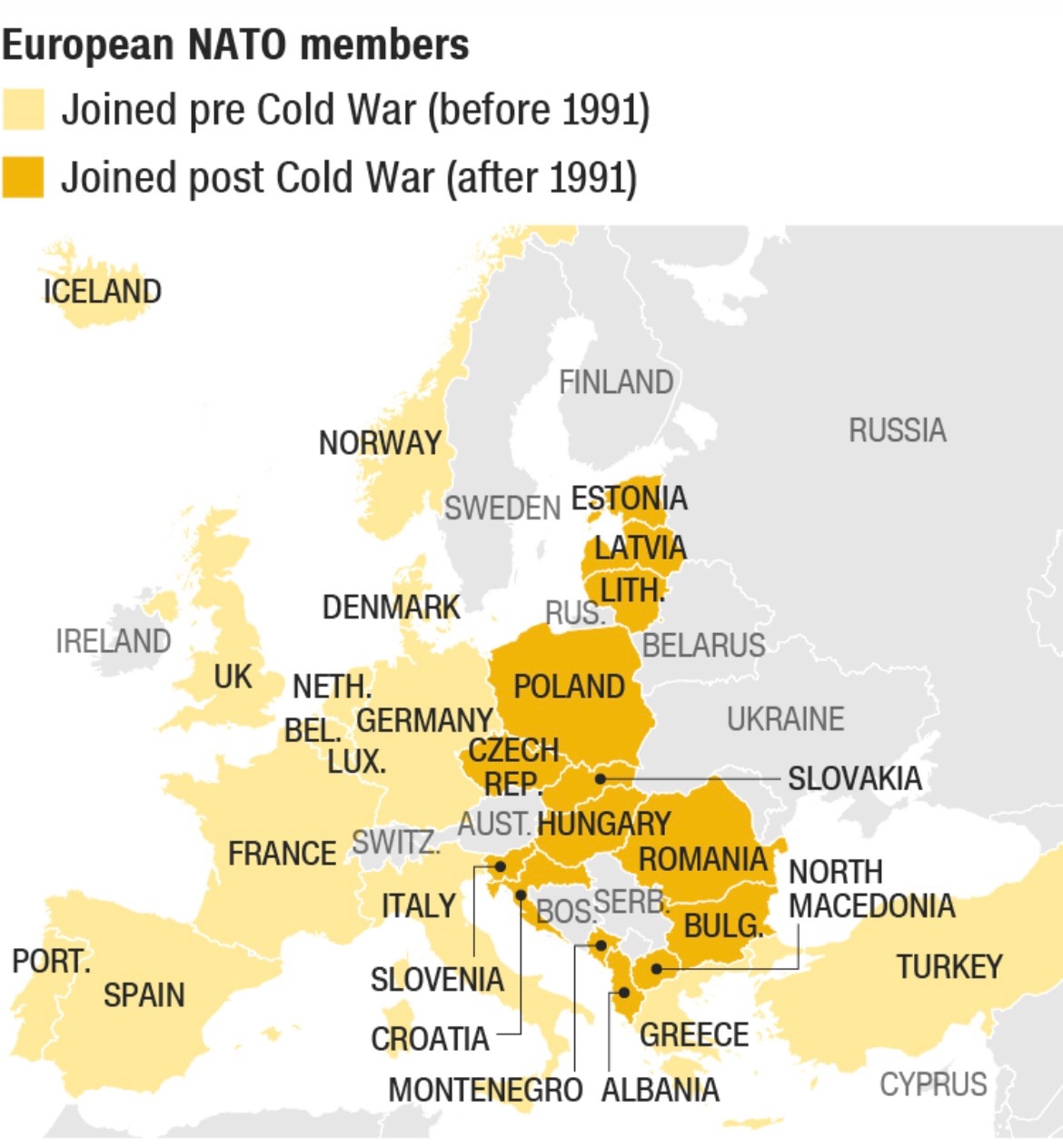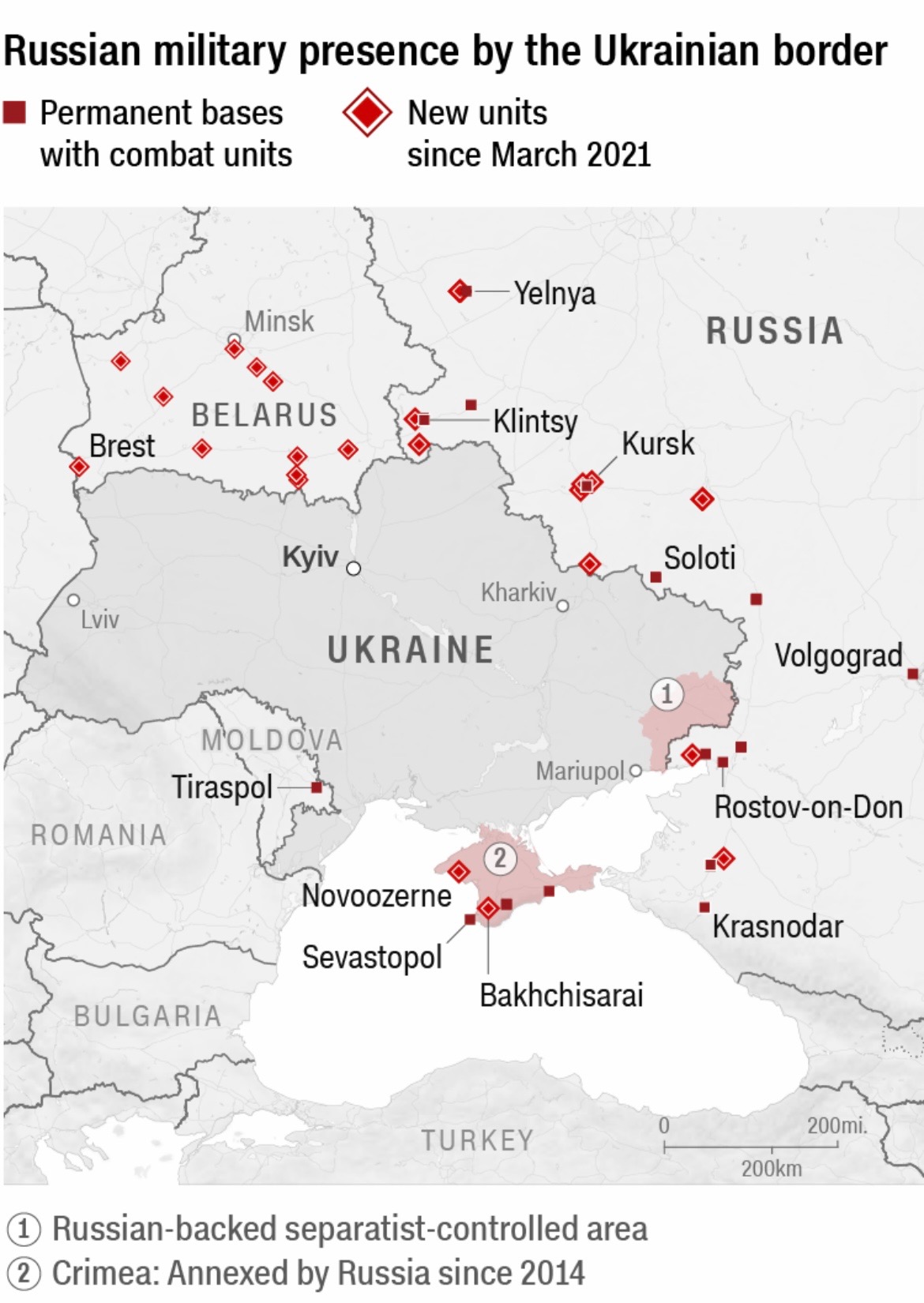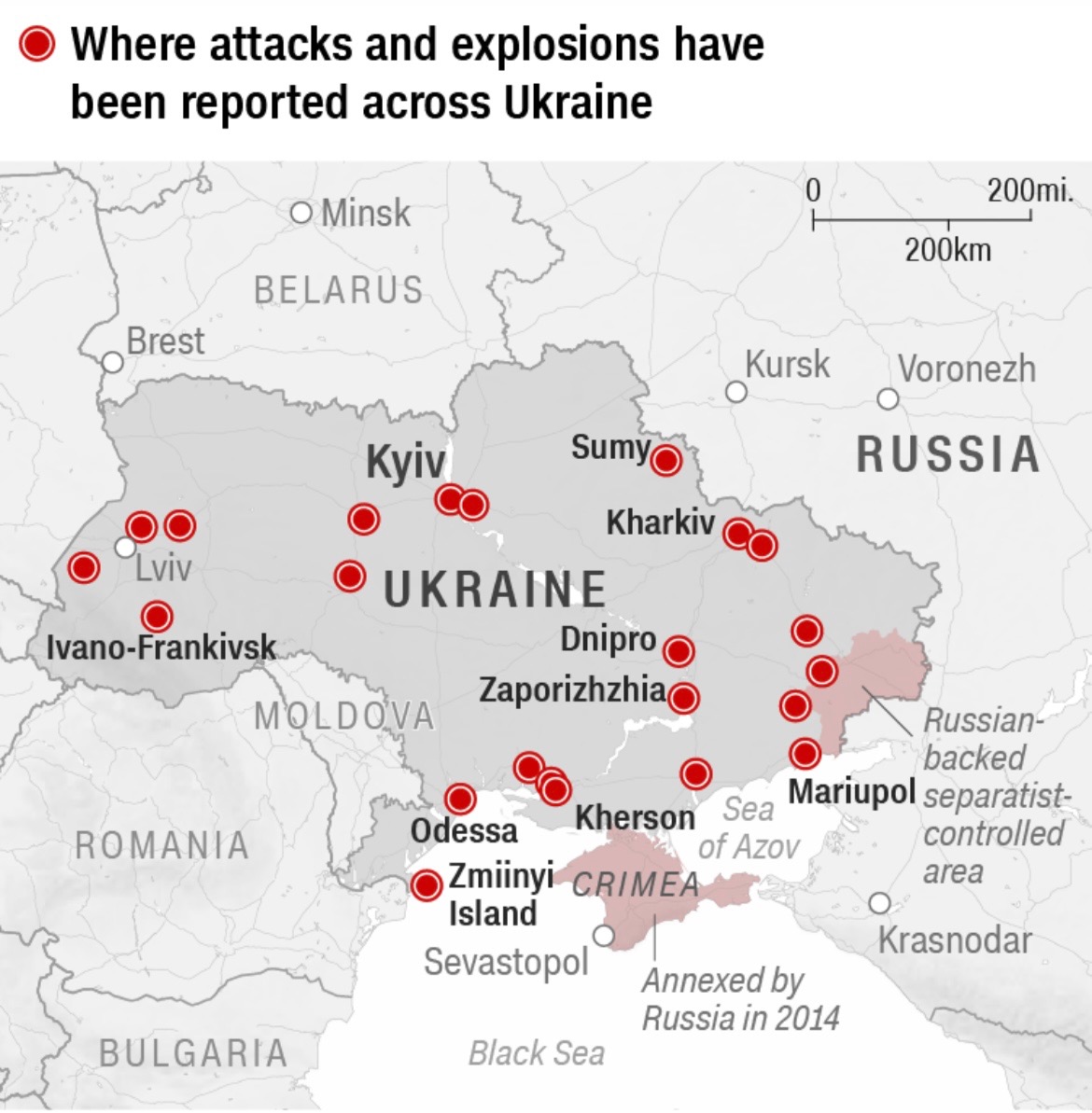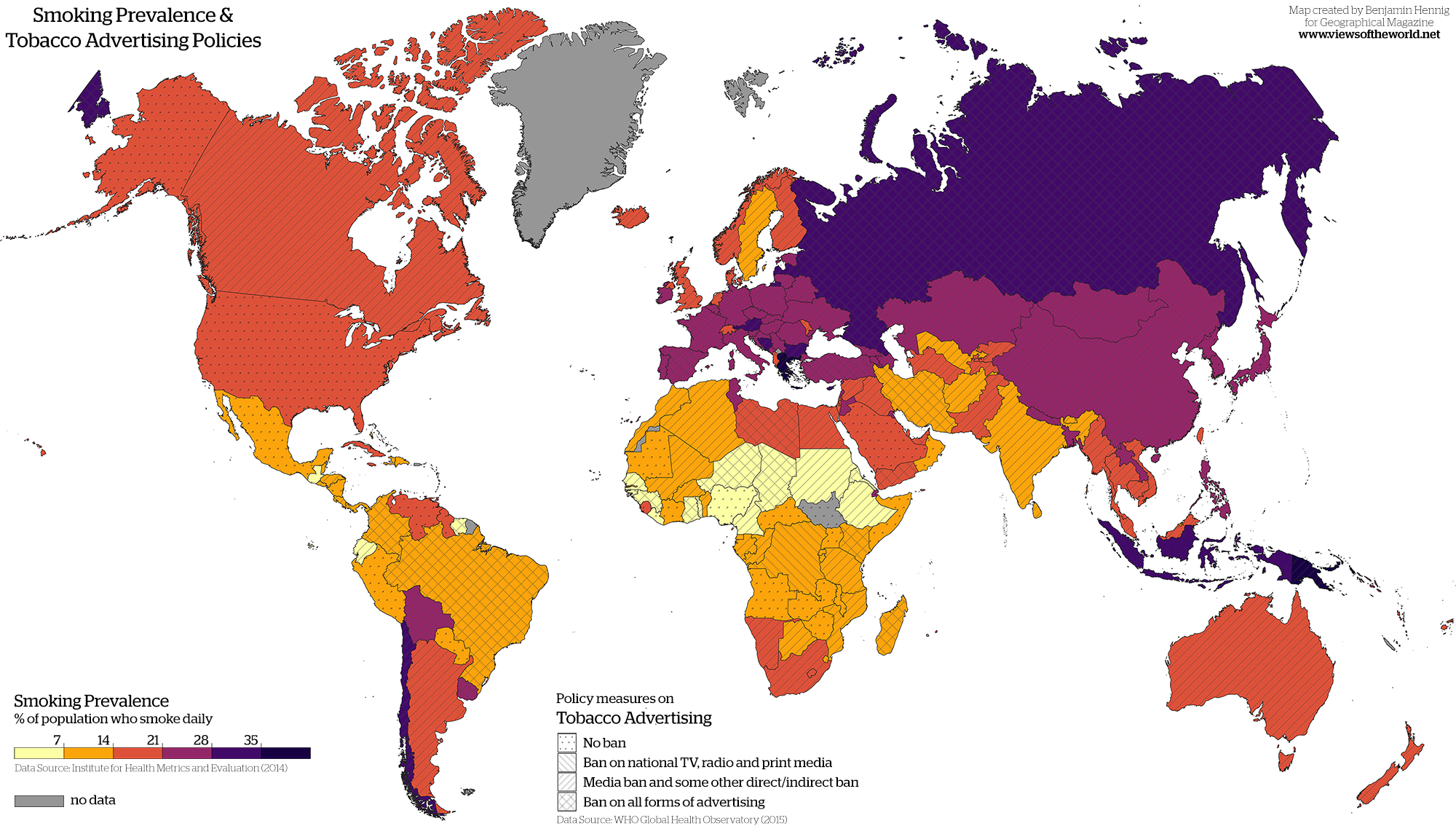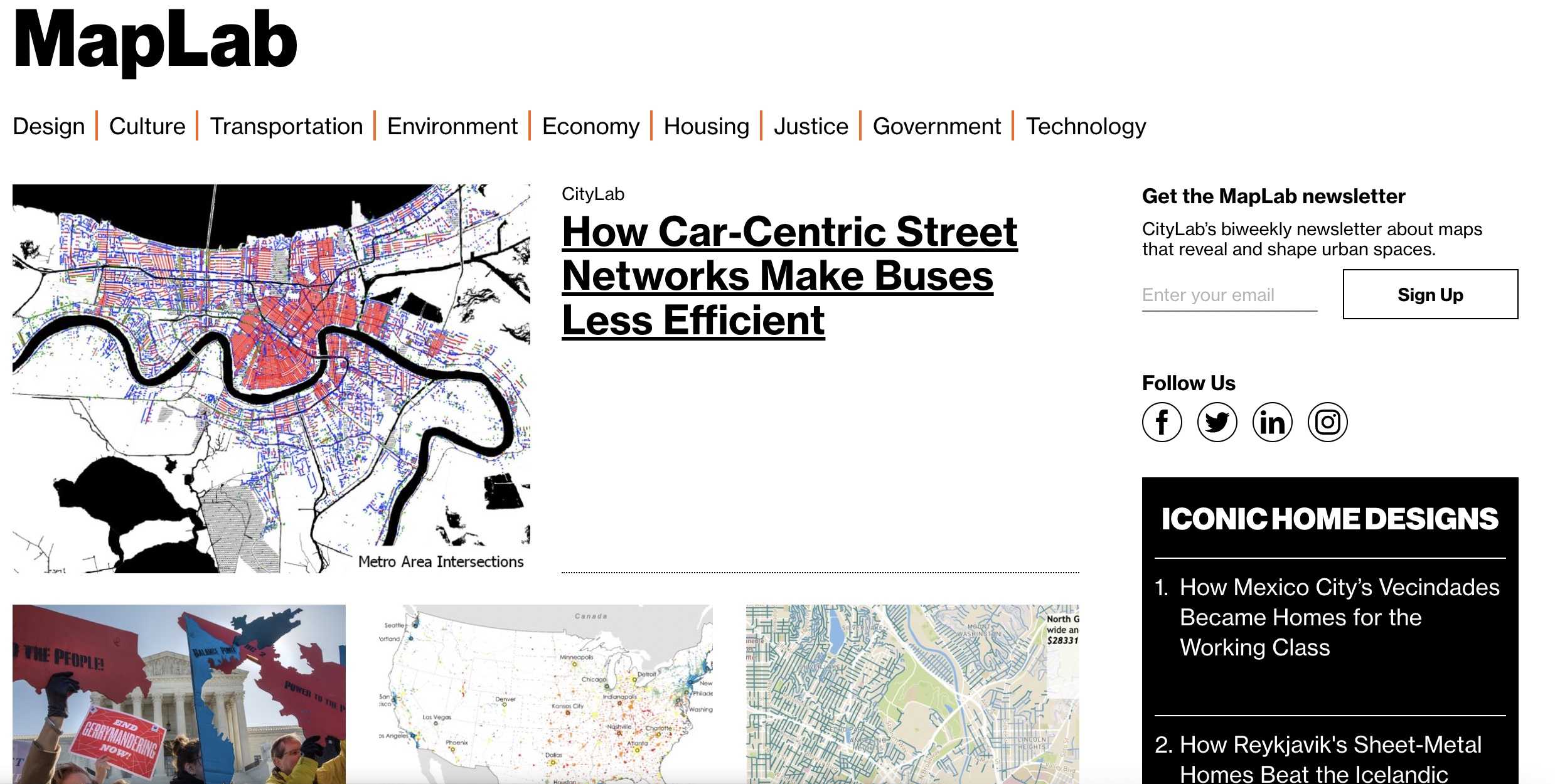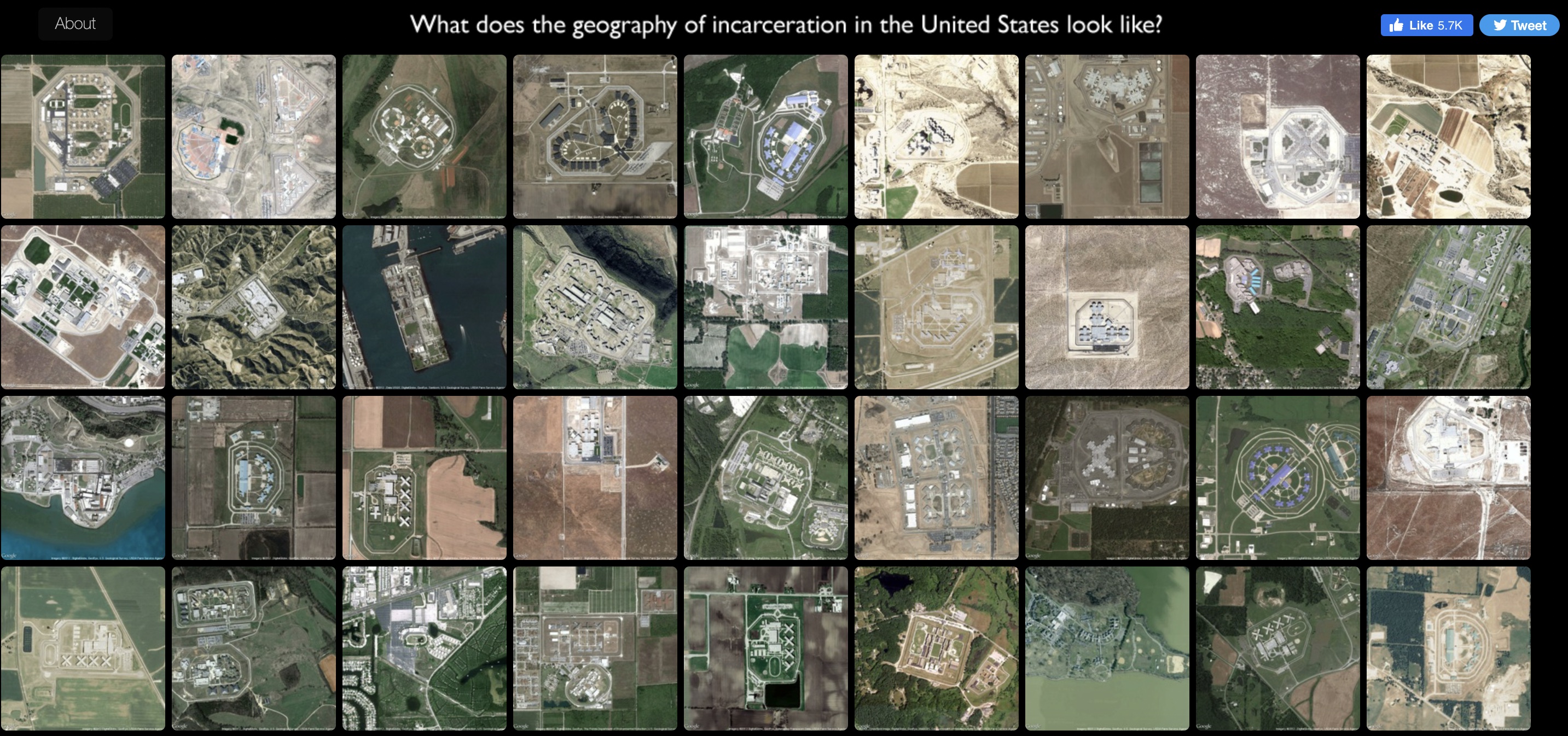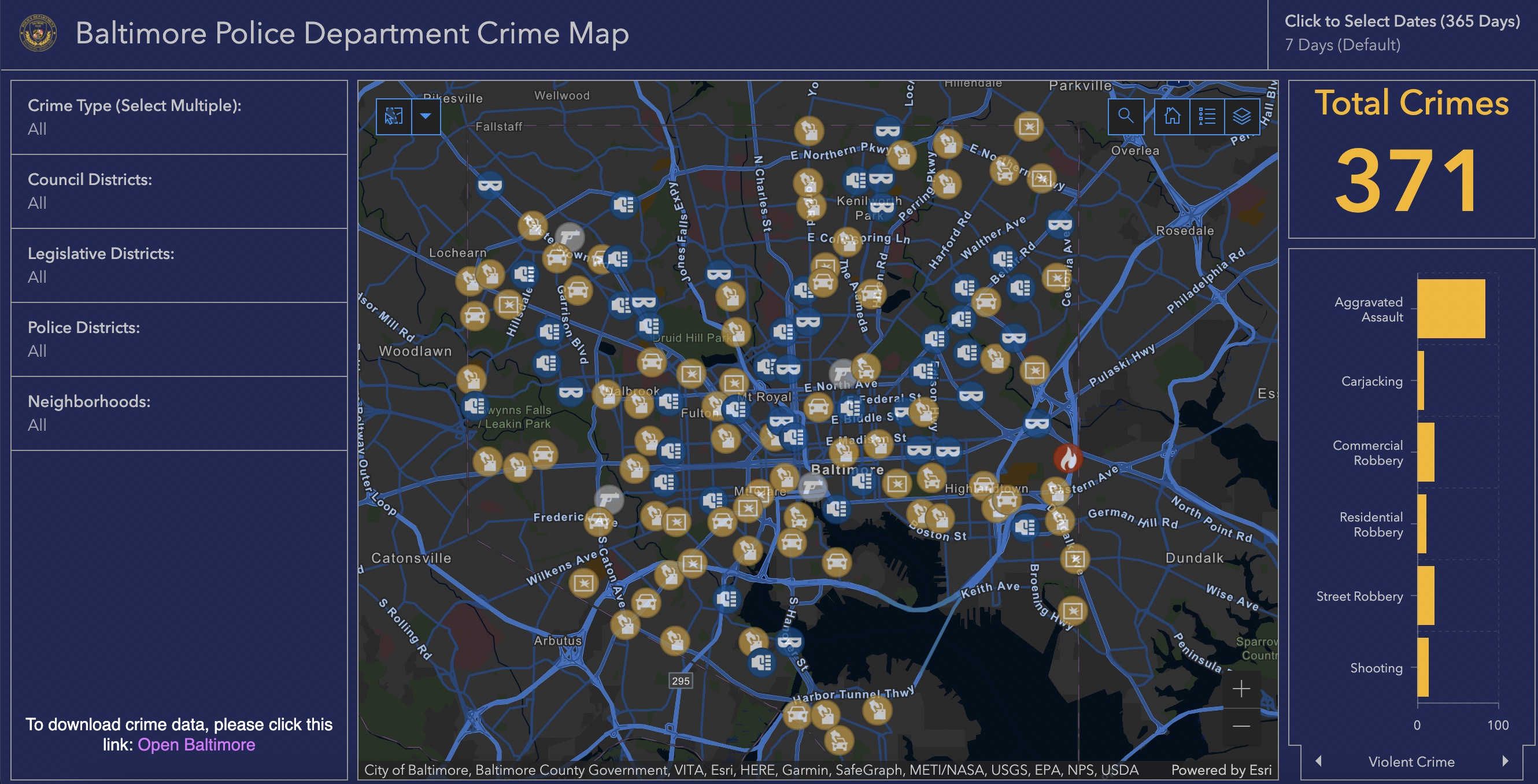Plastic plastic plastic. What started as a convenient, effective, and cheap way to revolutionize medicine, travel, safety, and water consumption has turned into the world’s most significant environmental issue. The map “Tracing the Life of Plastics” by Malaika Rosenfeld and Lynn Miranda shows the complex migration of plastics from their origin of consumption to the ocean gyres that consume and collect plastics that made their way into the ocean’s ecosystems. (Plastic Pollution, 2019)
Plastic’s stronghold on the environment started less than a century after its creation. Chemists created plastic from synthetic polymers, and although found in nature, synthetic polymers do not decompose quickly. Plastics soon became a staple in consumer products such as candy wrappers, plastic bags, and water bottles, used by millions every day, but only for a few minutes to an hour before they are thrown away. The “throwaway” culture of plastic created continues to harm the environment, particularly the oceans, for years because although “throwaway” plastics are used frequently and quickly, their life span is long, taking at least 400 years to break down. (Plastic Pollution, 2019)
According to National Geographic, half of the plastics ever made have been produced in the last 15 years as production increased from 2.3 million tons in 1950 to 448 million tons in 2015. Furthermore, every year, about eight tons of plastic make their way into our oceans to make matters worse. (Plastic Pollution, 2019) By this logic, all of the plastic ever made is still sitting on the earth somewhere, mostly in our oceans, slowly decomposing and creating adverse effects on marine life.
This worldwide crisis seems to be never-ending for two reasons: misinformation and societal neglect. To stop plastic pollution, the US created a recycling goal to increase the national recycling rate to 50% by 2030. This effort was put in place to keep up with the changes in worldwide plastic consumption but failed to solve the problem. Wilkins (2018) reports that “more recycling won’t solve plastic pollution” because although individual recycling efforts have spread across the country, the problem is too significant for individual people to fix. Instead, Wilkins (2018) says, “recycling plastic is to saving the Earth what hammering a nail is to halting a falling skyscraper,” too little. However, consumer industries, such as Coca Cola have created a false narrative that consumers can help with plastic pollution by recycling and being environmentally friendly. Instead, the real problem is large corporations’ inability to change the materials that they use to produce goods and their manufacturing processes that add to the problem. (Wilkins, 2018)
This false solution came to a head in the past couple of years as companies tried to reduce the number of plastic products produced and consumed. A paper straw initiative spread across the US to start the reduction of plastic but was met with pushback from the public and those purchasing the products. (US EPA, 2020)
I can speak on this from personal experience as the paper star initiative was introduced to the University of Richmond in 2019, my sophomore year of college. As a self-proclaimed coffee addict, I used plastic cups and straws multiple times a day, thinking that if I just recycled them, I would be doing my part, naive to the actual hold plastic had on my life. When I entered my University’s coffee shop one spring morning, I was met with utter disgust as I was handed my iced coffee, in a plastic cup, with a paper straw. Silent at first, my contempt for this paper straw grew as it became soaked with the liquid from my cup. If I did not drink my coffee fast enough, I found myself unable to even slurp from my soggy, bent, and misshapen straw. I started asking for plastic straws, which was unhelpful to the initiative, and my family even began buying plastic straws from the store in case they were ever given a drink with a paper one. This was my contribution to the second issue of plastic pollution. I did not realize that recycling did not significantly affect the environment, nor did my peers. We did not understand that plastic took over 400 years to decompose because we were raised in the age of recycling. This societal refusal, both individually and by corporations, is the reason that plastic pollution is so high to this day.
Because of my ignorance, I choose “Tracing the Life of Plastics” as the “Map of the Week” because I have experienced the same misconceptions that I believe sparked the creation of this map in the first place. “Tracing the Life of Plastics” is not a complex map; it is a classic map of the world created by National Geographic. Rosenfeld and Miranda adapted a classic map with hand-drawn keys and graphics showing the journey of plastic. The map shows the journey of plastics from where they were initially consumed to where they remain on the ocean floor waiting for decomposition. It provides insight into how much plastic each major country consumes and the amount of plastic that accumulates in each ocean. In addition, the map uses pathos to appeal to the audience in a rhetorically unique way by adding a picture of a fish with a thought bubble that states, “plastic debris have been found in around 700 marine species”, making the problem a reality by relating it to living marine life, a tactic that was extremely useful in the paper straw movement. (Rosenfeld & Miranda, 2019)
Rosenfeld and Miranda’s additions to the map allow viewers to recognize many individuals’ misconceptions about plastic pollution and recycling. The map draws attention to the production of plastic as the problem instead of individual mistakes, by reporting the “Top 5 PET Plastic Producing Regions” with China producing 27%, Asia and India producing 23%, Europe and North America both producing 17%, and the Middle East producing 9% of the world’s plastic. (Rosenfeld & Miranda, 2019) By doing this, Rosenfeld and Miranda proved Crampton and Krygier’s (2018) argument that “today’s critical movement is part of a longer cartographic critique” of mass media. We as a society have relied for centuries on trained cartographers to show us what our world looks like and what problems should be seen spacially. Therefore, the new wave of critical cartographers such as Rosenfeld and Miranda reject authority’s portrayal of reality and instead “illuminate[d] the role of space in people’s lives by countering generalized and global perspectives” that were previously created about plastic pollution and recycling. (Crampton & Krygier, 2018)
Rosenfeld and Miranda used “everyday mapping”, a technic that allows anyone to map not only cartographers, by using an open-source map that classically portrays the globe and inserted knowledge on plastic previously left out. Their knowledge insertion did not undermine information that was already provided; it just drew attention to an issue that was already there but left out of the mass-made cartography. By doing this, Rosenfeld and Miranda created a political critique of knowledge by adding alternative information that could, in turn, influence their audience, bringing attention to an important social issue. A political critique of knowledge, spoken about in Crampton and Krygier (2018) competes with already existing information that is not regularly displayed by those in power. This map is a political critique of knowledge becasue makes competing but powerful claims on the social issue of plastic pollution, an issue often neglected. (Crampton & Krygier, 2018)
This knowledge does not undermine the classic map. Instead, it implicitly critiqued previous cartography by providing new knowledge to the public that others left out. This implicit critique coincidence with Michael Foculat’s thoughts that “the critique of what we are is at the one and the same time the historical analysis of the limits that are imposed on us.” What are these limits? Moreover, who is imposing them on us? Mass media and consumer corporations would prefer to blame plastic pollution on the consumers instead of the habits they refuse to break. (Crampton & Krygier, 2018)
References


